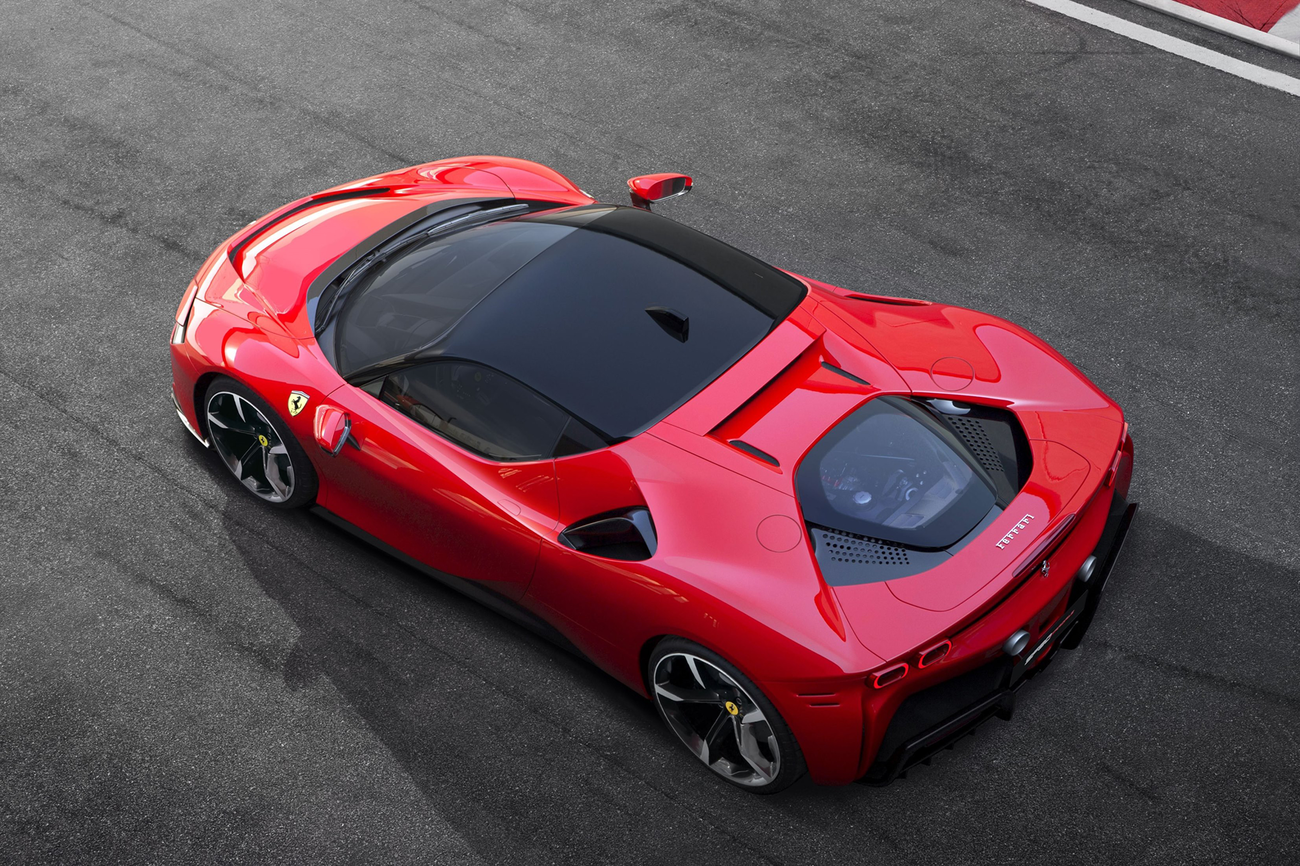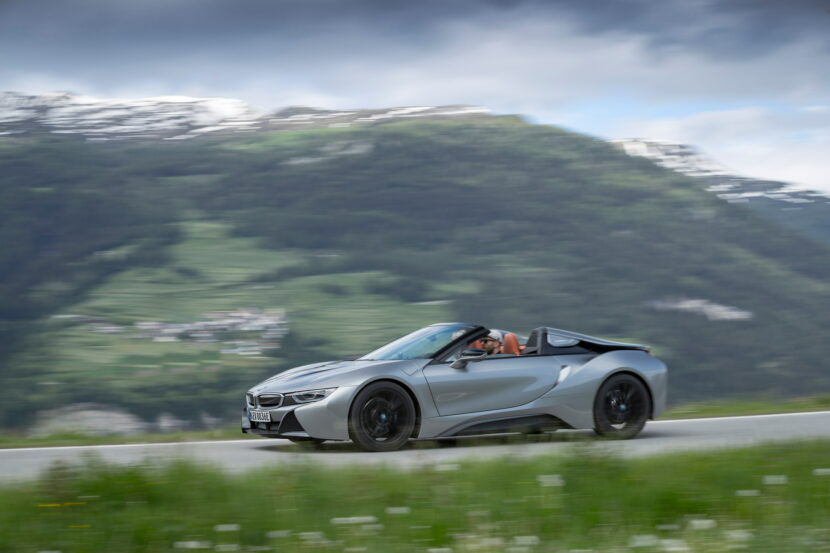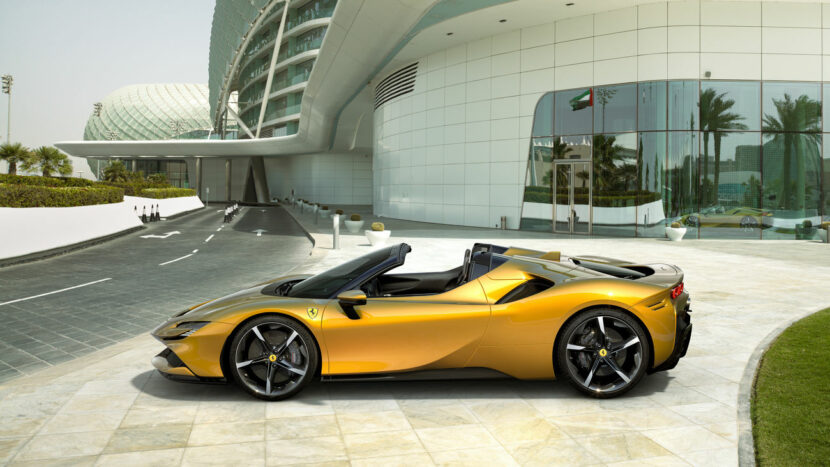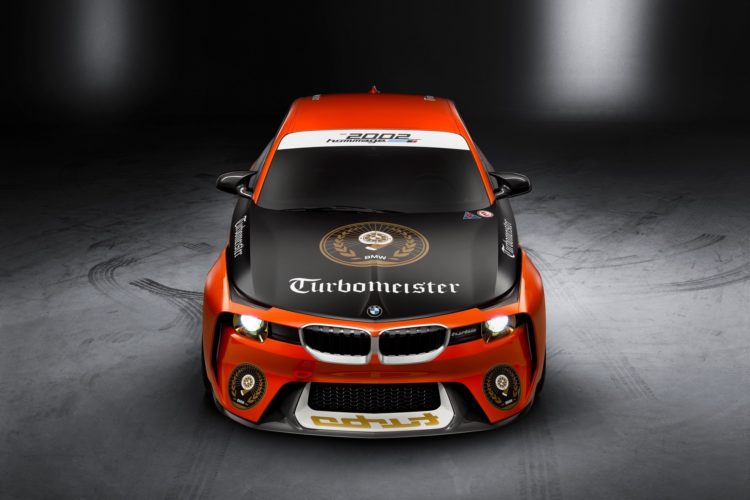During my recent day with BMW at Monticello Motor Club, testing several new cars, I had the chance to talk to a BMW exec we’ve known for many years. We spoke candidly about cars like the BMW i8 and how it would have been so much better with a bigger engine and more power. It’s a sentiment that’s shared with a large percentage of the BMW fanbase. While the i8 was a revolutionary car when it first debuted, its shock value waned as its relative lack of performance became clearer. Now that the i8 is gone, cars like the brand-new Ferrari SF90 Spider make us wish BMW had done things different.
The Ferrari SF90 Spider, along with its hard-topped sibling, is a mid-engine hybrid supercar, with a turbocharged engine and electric motor powering the back axle and an electric motor powering the front axle. Sound familiar? That’s the same recipe as the BMW i8. The only difference is that Ferrari has used far bigger powerplants.
Out back, the SF90 uses a twin-turbocharged 4.0 liter V8, paired to an electric motor. When combined with the electric motor up front, the entire package makes a whopping 986 horsepower and 900 Nm (663 lb-ft) of torque. So it can rocket from 0-60 mph in just 2.5 seconds. Ferrari took the same idea as the BMW i8 and cranked it to eleven. Hell, the SF90’s front electric motor makes almost as much power (217 horsepower) as the BMW i8’s rear engine motor combo (228 horsepower).
So after that discussion with a BMW exec, and seeing the Ferrari SF90, I can’t help but think that BMW could have done things differently with the i8. Of course, the i8 was supposed to prove that supercars could be both fun and efficient. Sure, it sort of did that, as the i8 was relatively efficient, but it would have been great to get a special edition model, something from the M Division maybe, that packed a much bigger punch.
Once the BMW i8’s production was about to end, the M Division could have tinkered with an i8 and turned it into a monster, as a sort of limited-run, special edition project. Of course, that would have costed a fortune to make such a car but BMW could have sold it for double the price of the standard i8 and it still would have sold out in minutes because rich people need to have exclusive stuff.
BMW M wouldn’t have even had to have gone crazy with it, like the Ferrari, to make it thrilling. Thanks to the i8’s low curb weight, it doesn’t need a ton of power to make it quick. One of the avenues we discussed that BMW could have taken was to fit the i8 with a B48 engine, which now pumps out 258 horsepower and 295 lb-ft of torque, and a couple of more powerful electric motors. That would have potentially inched the i8 closer to 500 horsepower, which would have been an absolute riot.
Of course, the BMW i8 was technically a success, as it proved BMW’s point and it sold in reasonable numbers for what it was. So, BMW likely never saw a reason to invest in another variant. However, we can’t help but feel as if the i8 was a bit of a missed opportunity to make something genuinely special, something that would have been desirable for many years to come. BMW was the first to prove such a layout; a hybridized mid-mounted engine with an additional front-mounted electric motor; but it seems as if the brands that have copied that layout since have done more with it.







































































